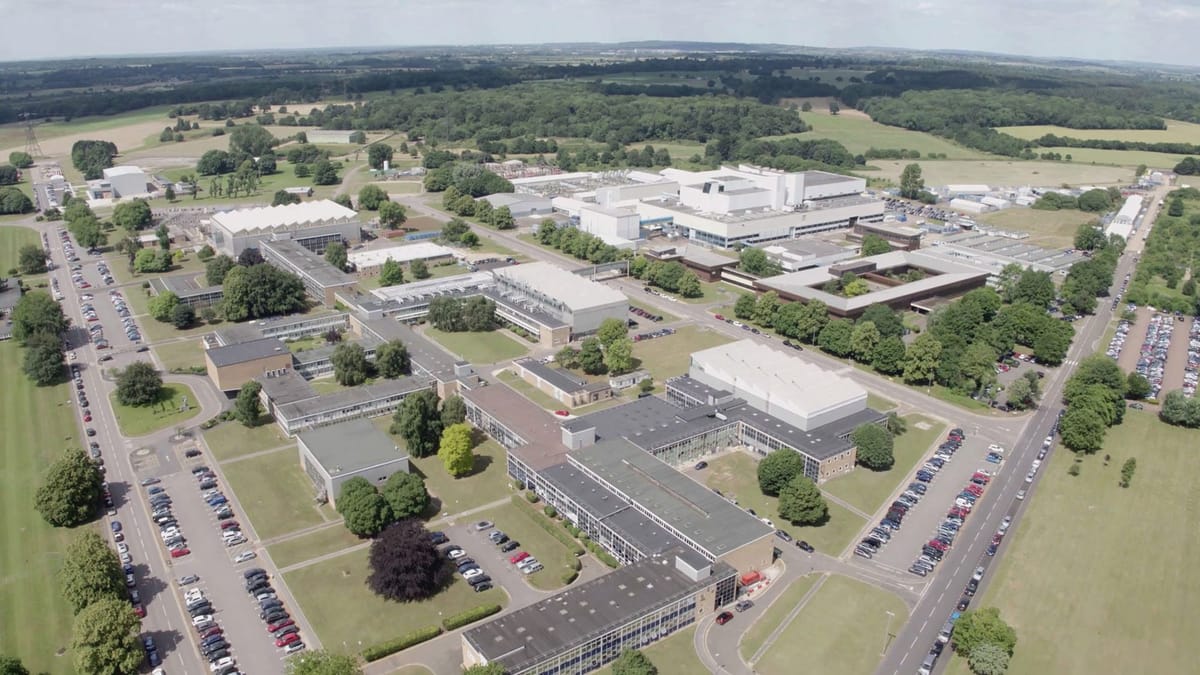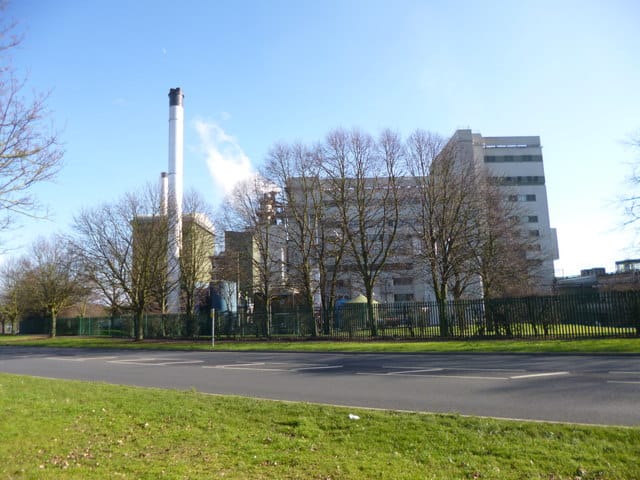The very model of a modern industrial strategy?

You might think that an ‘Industrial Strategy’ has a lot to do with steelworks, ports and car plants – and not a lot to do with leafy Oxfordshire, BMW Cowley aside.
But the Government’s new flagship document is The UK’s Modern Industrial Strategy, and “modern industrial” is very much Oxfordshire c. 2025 – a county of biotech, AI, defence, electric mobility and clean energy. The steelworks of Scunthorpe and Skinningrove are a headache that the Government wishes it didn’t have. The hi-tech industries of Oxfordshire, by contrast, could be the rabbit in the hat it so desperately needs. Economic growth can lift living standards or tax receipts, sometimes both at the same time, but the economy has been stuttering at best since the pandemic.
As such, the strategy is essential reading for anyone seeking clues as to how Oxfordshire might develop in the decades to come. This particular document is phrased as a 10-year commitment. There are four parts to the strategy:
- Making it easier and simpler to do business, including a headline commitment to reduce energy costs for industrial users. But there are also commitments to enhance trade, skills and reduce regulatory burdens.
- Enable investment into regions and clusters that support key sectors, by promoting sites, transport connections, and governance around them – like Mayoral Combined Authorities with more delegated local powers and funding.
- Transform eight high potential sectors through Sector Plans and investment. These sectors are Advanced Manufacturing, Creative Industries, Clean Energy Industries, Digital and Technologies, Professional and Business Services, Life Sciences, Financial Services and Defence. Each of these has a curiously precise set of definitions. Does where you work classify as one of these high potential sectors?
- Create “an enduring partnership between business and a stronger, more capable, and more agile state”, which sets out a vision of the Government in more active partnership with business, using its procurement power to strengthen UK businesses.

So what are the Oxfordshire connections?
The Modern Industrial Strategy identifies “eight sectors with the highest potential” (the IS-8) – and Oxfordshire scores well on all of them.
Companies in Oxfordshire and nearby developing sports cars in ‘Motorsports Valley’, planning flying taxis, building the 'vertiports' where they will take off, or reaching for the stars like Oxford Space Systems will be delighted that they are included for investment as Advanced Manufacturing.
In Digital and Technologies, you’ll perhaps have read some of our recent posts about quantum computing. The Strategy promises £670m investment in this, including ten years' funding for the National Quantum Computing Centre at Harwell. This will be joined by the UK’s first AI Growth Zone in Culham, with specialist infrastructure for AI datacentres.
Oxfordshire has great strengths in Life Sciences too. This covers both pharmaceuticals, like the pandemic-busting Oxford AstraZeneca covid vaccine, and medical technologies, like the superconducting technologies developed by our favourite magnet magnates and MRI scanners from Siemens Healthineers.
The Oxford–Cambridge Corridor is also noted for its strengths in Defence and Clean Energy Industries. At our end of the corridor in Defence, you'll find outposts of large firms like Airbus and Lockheed Martin, but also specialist AirTanker, which operates the RAF's 14 Voyager Multi-Role Tanker Transport aircraft from Brize Norton, and SimCentric, which provides military training and simulations. In Clean Energy, we have everything from nuclear fusion at Culham through novel materials for more efficient solar panels (perovskites, as you ask) to carbon sequestration at Tumblebug and Oxford Biochar.
Should they have omitted the other three sectors? If you are in Professional and Business Services, Creative Industries, or Financial Services, we hope you are not offended because Oxfordshire has pockets of brilliance in these too. One Professional and Business Services firm is Oxford Economics, whose study ‘Delivering a solution to the UK’s productivity puzzle’ is cited in the Industrial Strategy; it shows how improving the UK’s lagging logistics performance could significantly boost overall productivity and GDP.
In the Creative Industries you probably know some ‘creative types’, but may be surprised by the huge film and video game production studios in Didcot. Financial Services, last of our IS-8, is the weakest area for Oxfordshire. Oxford Innovation Finance, home of the OION Angel Investment Network has never quite reached the strength of its 'Silicon Fen' rivals, let alone the City of London. But if you are looking for finance for your startup or spinout, it's a good place to look.
The Industrial Strategy promises infrastructure to support these sectors. In transport, the commitment to extend East West Rail to Cambridge is reaffirmed, with a new station planned on the East Coast Main Line at Tempsford. (Olly Glover MP wrote about trains and transport for us in a vision of what Oxfordshire transport infrastructure could look like.)
Water is of course vital to life but also for manufacturing – and the cooling of data centres required for the burgeoning AI industry is adding pressure on existing infrastructure. So the following bit we will give you undiluted; the Government plans to ensure that “water companies build new reservoirs in areas around Cambridge (the Fens) and Oxford (Abingdon) so that industrial and residential developments are not held back due to pressures on water availability.” Which will provide showers and flushes for some, and go down like a glass of Thames Water with others. (We wrote about the Abingdon Reservoir in March.)
And in a year when every other planning application in Oxford seems to be for “lab space”, the strategy promises that the Oxford Growth Commission (and its Cambridge equivalent) will develop a strategy to tackle “the shortage of high-quality research facilities caused by consistently high demand for R&D space”.
Our northern Oxfordshire readers might be forgiven for thinking this is all about the University City and the Harwell/Culham 'Science Vale'. But although you’d expect Sean Woodcock (Labour MP for Banbury) to make positive noises about his Government’s strategy, he cited hometown businesses that he thought would benefit:
“This is a game changer for Banbury. By cutting energy costs and unlocking investment, this strategy will help local businesses grow, create high-quality jobs, and boost our economy. In Advanced Manufacturing particularly, Banbury is home to Fortescue Zero, an advanced manufacturing firm focused on green technologies. This investment is intended to help businesses like Fortescue expand operations, bringing opportunities for young people and skilled workers alike.”
Industrial investment moves slowly. The tax receipts that accrue from it move more slowly still. We might hope they will pay for our next meal/a better NHS/fixing potholes (delete as applicable), but the Government coffers are unlikely to be bulging by the end of this decade, let alone this year.
Yet we can see it bringing more buildings, more jobs and more people wanting more houses with more infrastructure in our busy and capable county – a challenge for councillors and planners. For while the strategy has lofty ambitions, it doesn't magically provide solutions to the infrastructure challenges of water, electricity, housing, transport, leisure… and everything else. Is Oxfordshire ready?

